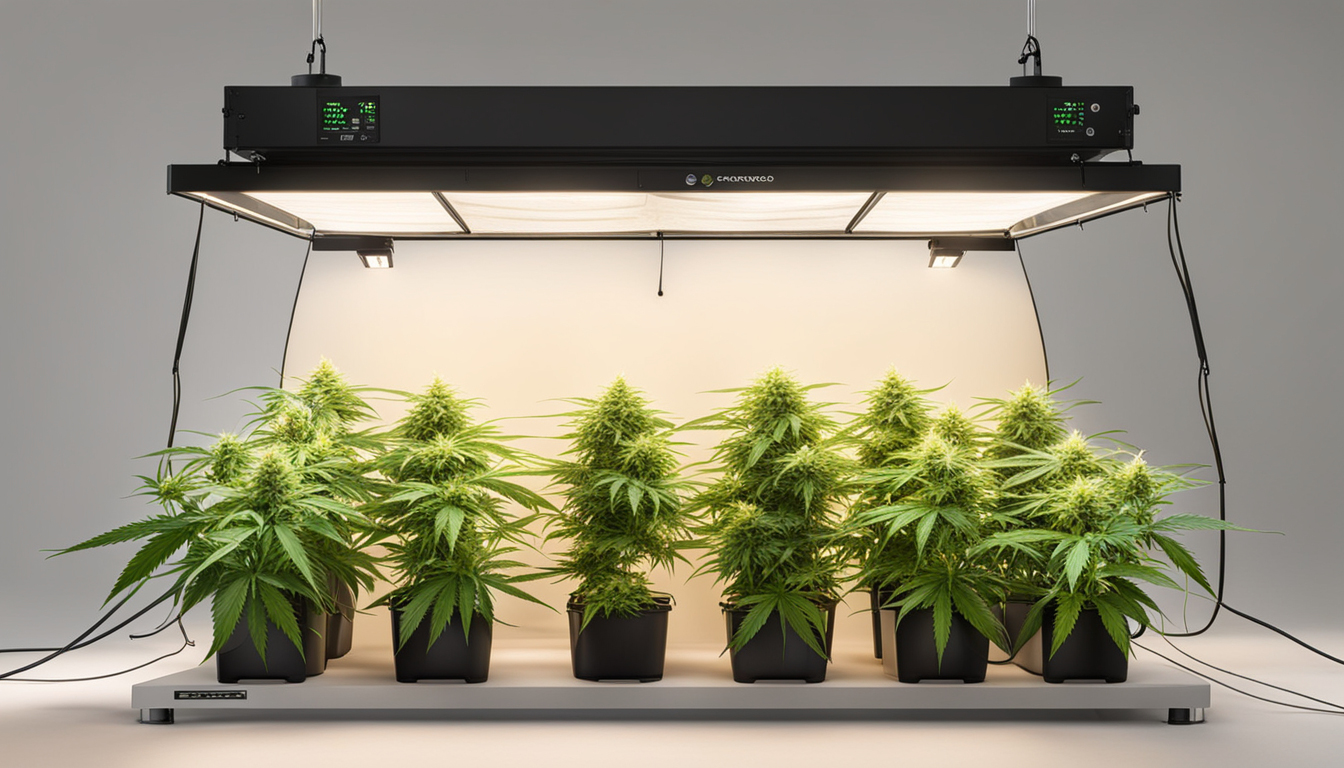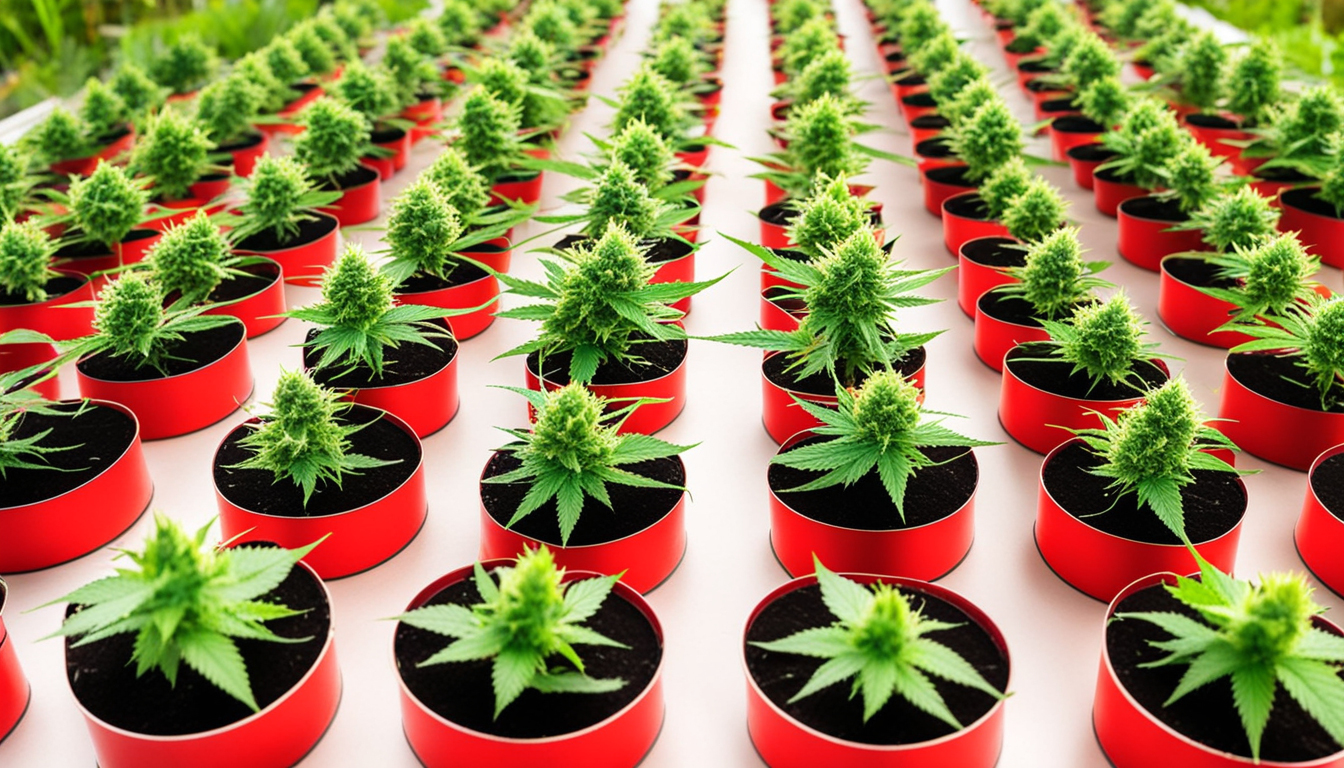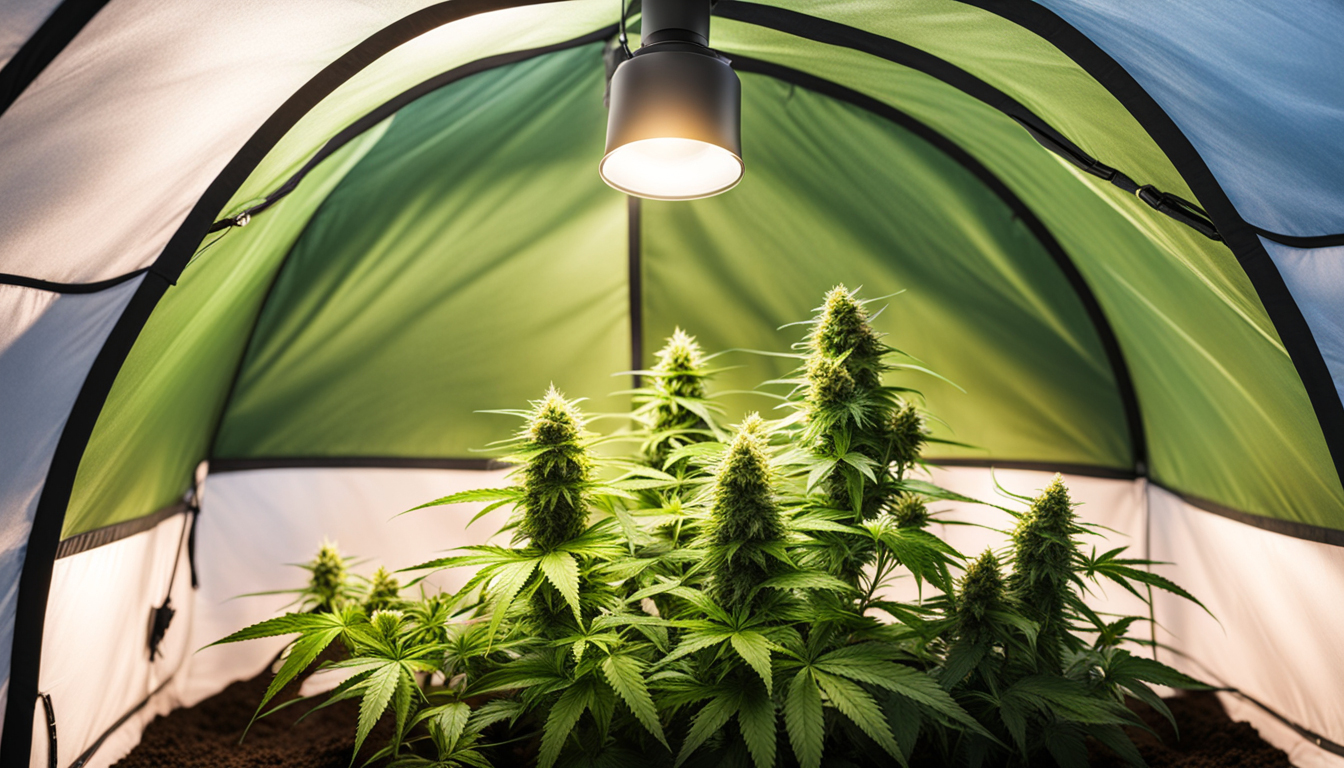
Whether you're just starting out with pot cultivation or looking to improve your existing crop, following this complete guide will help you produce bountiful, high-quality yields right at home. With the right supplies, techniques, and care, growing marijuana indoors can be an extremely productive and cost-effective endeavor.
Choosing Cannabis Strains
The first step in planning your indoor grow is selecting the right marijuana cultivars to produce. The three main types of pot plants each have their own characteristics.
Sativas
Known for their invigorating intellectual effects, these strains spread tall and slender with narrow leaves. They flourish in tropical tropical climates and have a longer blooming time between 10-12 weeks indoors. Top sativa varieties include Jack Herer, Durban Poison, Super Lemon Haze, and Jack Herer.
Relaxing strains
These strains provide calming body-focused effects and spread short and bushy with wide leaves. Accustomed to colder mountain climates, they bloom faster within 8-9 weeks. Popular indica strains include Granddaddy Purple, Northern Lights, and Bubba Kush.
Hybrids
Hybrid strains blend traits from both energizing strains and indicas. They offer combined effects and have moderate flowering periods around 9-10 weeks. Well-known hybrids are OG Kush, Girl Scout Cookies, and Blue Dream.

Setting Up Your Grow Space
Weed plants need the right controlled environment to flourish. Key factors for indoor grows are lights, airflow, layout, and finding the ideal discreet location.
Location
Choose an unused space with direct access to irrigation and electrical outlets. An empty extra bedroom, unused closet, corner of the basement, or grow tent locked away in a garage all make great discreet cultivation room spots.
Lighting
Cannabis requires powerful light for all vegetative stages. LED grow lights are energy-efficient and come in broad spectrum options simulating natural outdoor light. Provide 15-25 watts per square foot for the growth stage and 20-40 watts per sq. ft. for flowering.
Airflow
Proper ventilation and exhaust systems maintain ideal temp, moisture, and fresh CO2 levels. Set up silent 4-6 inch blowers or scrubbers to refresh old air and reduce odors.
Layout
Optimize your space by arranging plants strategically under the lamps and leaving room to reach and work around them. Set up distinct zones for growth, flowering, curing, and cloning.

Cultivation Mediums
Marijuana can be grown in various substrates, each with pros and cons. Pick a appropriate option for your specific setup and cultivation style.
Soil
The classic medium, soil is inexpensive and easy for new growers. It provides great taste but requires more irrigation and fertilizing to nourish plants. Amend soil with perlite or coir to improve aeration.
Coco Coir
Made from coir, reusable coco coir holds water but still allows air to the roots. It's more sterile and more consistent than soil. Use coco-specific fertilizers to avoid Discover More calcium buildup.
Water systems
In hydro systems, plant roots develop directly in fertilizer water solution. This allows quick growth but needs close observation of water chemistry. DWC and drip systems are common methods.
Germinating Seeds
Germination prepares your pot seeds to begin growing radicles. This prepares them for planting into their cultivation medium.
Towel Method
Put seeds between wet paper towels and keep them damp. Inspect after 2-7 days for growing radicles indicating germination is complete.
Planting directly
Insert seeds directly into pre-moistened cultivation medium 6mm deep. Gently water and wait 1-2 weeks until sprouts break through the top.
Rockwool Cubes
Presoak rockwool cubes in pH-adjusted water. Insert seeds 6mm deep into the cubes. Keep cubes wet until sprouts emerge within 1-14 days.
Repotting Young plants
Once germinated, cannabis seedlings need to be repotted to prevent crowding. Move them into appropriately sized containers.
Preparing Containers
Load large containers with growing medium amended with slow-release nutrients. Let pots to absorb water for 8-12 hours before repotting.
Carefully Transplanting
Carefully loosen young roots from sprouting medium using a spoon. Place into prepared pot at equal depth as before and gently water in.
Growth Stage
The vegetative stage promotes leafy growth and plant structure through 18-24 hours of continual lighting intensity. This stage usually lasts 1-2 months.
Using 18-24 Hours of Lighting
Use lamps on a 24 daily schedule or outdoor light to trigger constant photosynthesis. Light intensity influences size and internodal spacing.
Nutrients
Use grow stage fertilizers richer in N. Make sure pH remains around 5.8-6.3 for full fertilizer uptake. Fertilize 1⁄4 to 1⁄2 strength after 2 weeks and strengthen slowly.
LST and topping
Fimming, LST, and trellising direct shoot shapes for flat foliage. This boosts yields.

Bloom Stage
The flowering stage develops buds as plants show their sex under a 12 hour cycle schedule. It lasts 8-12 weeks depending on variety.
Switching to 12/12
Change grow lights to 12 hours on, 12 hours off or place outdoors for outdoor 12 hour cycle. This signals plants to start flowering.
Flushing
Leaching removes nutrient salts to enhance flavor. Fertilize weakly the first period then just use pH'd water the final 2 weeks.
Flushing
Continue 12 hour photoperiod but leach using pH-balanced water only. Resume plain watering if buds aren't ripe after two weeks.
Reaping
Knowing when cannabis is completely mature delivers peak potency and aroma. Harvest plants at peak ripeness.
Signs of readiness
Look for swollen calyxes, faded pistils, and 10-15% Send a Message cloudy trichs. Inspect buds across the plant as they won't all mature evenly.
Cutting Plants
Use clean, sharp trimming scissors to carefully cut each plant at the base. Keep several inches of stem attached.
Curing
Hang whole plants or colas upside down in a dark room with moderate temperature and humidity around 50-60% for 1-2 weeks.
Curing
Curing keeps drying while aging the buds like aged spirits. This process smooths bitterness and further develops cannabinoid contents.
Jars and Humidity
Trim cured buds from stems and store into sealed containers, Discover More filling about 75% capacity. Use a hygrometer to monitor container humidity.
Opening jars daily
Open jars for a short time each day to slowly reduce humidity. Rehydrate buds if humidity goes under 55%.
Long term storage
After 2-3 weeks when moisture stabilizes around 55-60%, perform a last trim and keep long-term in airtight jars.
Common Problems and Solutions
Even seasoned growers run into different weed plant problems. Detect issues soon and address them correctly to maintain a vibrant garden.
Nutrient Deficiencies
Yellowing leaves often indicate inadequate nitrogen. Purpling stems and leaves signal phosphorus deficiency. Test pH and increase fertilizers gradually.
Bugs
Spider mites, fungus gnats, mites, and root aphids are frequent weed pests. Use organic sprays, ladybugs, and yellow traps for natural control.
Powdery mildew
Excessive humidity promotes botrytis and bud rot. Increase airflow and venting while lowering RH below 50% during flowering.

Conclusion
With this complete indoor marijuana growing guide, you now have the knowledge to grow bountiful strong buds for private harvests. Follow these techniques and methods throughout the seed starting, vegetative, and bloom stages. Spend in quality equipment and closely check on your plants. In time, you'll be compensated with frosty aromatic buds you grew yourself under the patient guidance of your green hands. Happy growing